
Proposed By: Jonathan
Pursued By: David
I really should be sitting outside enjoying a gin and tonic. Watching the condensation roll down the side of the glass while contemplating how little movement it will take to reach over, grab the drink and take a sip. Is the lime right, did I use the tonic it took me months of taste testing to select, and, most importantly, out of the 10 gins in my cabinet was this the best one?
We proposed a drink months ago that was intended to be a winter option for gin instead of the standard gin drinks of summer. I did my research and found some good candidates for the season. Asked friends and family what they thought, and acquired some new syrups to use in concoctions. My trouble and toils even extended to visiting a distillery in Antigua & Barbuda that makes a couple of versions of island gin. Yeah, that last one is stretch—there was neither trouble nor toil in that visit just excellent spirits.

The final choice was even determined while we were still in the dark days and cold of winter. I just never seemed to get around to making the drink until spring had emerged thus my Easter themed picture. And now we are back to 90 degree days where the simplest and most common gin drink is back in vogue. Oh well, here’s my suggestion for next winter.
The Mulled Gin cocktail is great for batching and making ahead. The base includes spices of your choice like star anise, cardamom, cinnamon, allspice and juniper berries. Throw those is a pot and warm them to release the oils. Add 3 parts apple juice or cider (I went with 3 cups), lemon and orange slices and a few tablespoons of sugar to balance. You may need to taste test to make sure that ratio is right. Simmer this mix on low heat for at least 20 minutes then let it sit or steep overnight. Add one part gin (again 1 cup for me) once it is cool. I served it over ice but imagine it would be just as good, or better, as a wam drink.
The most important part of this is the gin. The gin I used stretches the concept of local products yet that is what I would call it. As I said, we were lucky to visit Antilles Stillhouse, meet the owner/distiller (David Murphy) and taste all his products. One of my favorites was his unique Fevergrass Spirit which is unlike any spirit I have tasted before. The plan being a gin cocktail, however, I bought his Pink Gin. This gin starts with a neutral spirit that they distill, includes a mix of botanicals—which are mostly foraged from around Antigua and the Stillhouse garden—and is finished with sorrel flowers to impart a quiet background taste and the unique pink coloring. The perfect gin for this cocktail, and I recommend visiting Antigua to get it.
David’s Gin Drink:

Jonathan will confirm that, growing up in our family of five kids in a seven year span, bragging was discouraged. Comparisons might lead to conflicts, also frowned upon. Yet, though my brothers and sisters weren’t overtly competitive, you cannot be one of five without some comparison lurking in the back of your mind. But maybe that should be an “I statement.” I couldn’t.
One type of personal pronouncement, however, I never had trouble with. I discovered that no one minded when I took credit for messing up. So, let me say, I blame myself for this post’s tardiness. Jonathan may want to say it’s his fault, but he’s wrong. Before I read his portion of this post, I’d mentally reviewed all available deflections and deceptions, I thought of revising the “Next time” message on the last post to make it look like we meant to take several months off. George Orwell might call that “memory hole-ing.”
After our last post, I did make the Pegu Club Cocktail… but in late March. Though still cold in Chicago, nature was by then leaning into spring. You may notice some late winter light in the photo I contributed—our 7th floor unit’s windows face west—but that’s a iPhone effect.
As for the timeliness of my writing, ha. Being a retired person, I could have written my part at least by May 1st. But no. If Jonathan said he was going to send his portion between January and June, I blocked it out. I also take the blame for my retired person’s appreciation of laziness.
In the spirit of deflection, I can at least say that the Pegu Club cocktail doesn’t seem all that wintery to me, despite my having found it in a collection of Top Ten Winter Gin Cocktails. For one thing, the drink was invented in the 20’s at the Pegu Club in Yangon, Myanmar (at the time, Rangoon, Burma), hardly a winter wonderland. For another, the star of the cocktail is lime, not your typical winter fare. Even the Winter Gin cocktails website I consulted placed the cocktail under 40 Best Summer Patio Cocktails as well.
And winter or summer, the Pegu Club cocktail is easy to make and enjoy, using ingredients most savvy cocktailians may have on hand all year:
- 2 ounces* gin
- 1 ounce orange liqueur (triple sec, Cointreau, or clear orange curacao)
- ½ ounce lime juice
- 1 dash angostura and 1 dash orange bitters
- For the garnish: lime wedge
Like Jonathan, I’ve tried all sorts of gin and this time made a local choice to use Blaum Bros. Gin from their Distilling Company in Galena, Illinois. My wife and I visited there, and they take a playful and smart approach to spirits. I have no trouble bragging on their behalf.
One note: the two types of bitters threw me at first. I didn’t have orange when I first made the cocktail and, thinking bitters don’t really change much, I substituted grapefruit instead. When I revisited this cocktail recently because my memory was dim (see mea culpa above), I used orange bitters. Doing so revealed how wrong I was.
But, then again, being wrong seems on theme here.
Jonathan’s take: The Mulled Gin cocktail was a wonderful mix of winter spices and tastes it just took me a while to say so. Now I need to go see how that Pink Gin holds up to the heat of summer.
David’s take: Who can say why some cocktails become classics and others, just as elemental and interesting, do not? The Pegu Club is simple and flavorful and might become one of my go-to drinks, winter or summer.
Next Time:
Like The Last Word, a classic cocktail we tried some years ago, the Paper Plane is a similar equal parts cocktail but uses bourbon as its spirit.

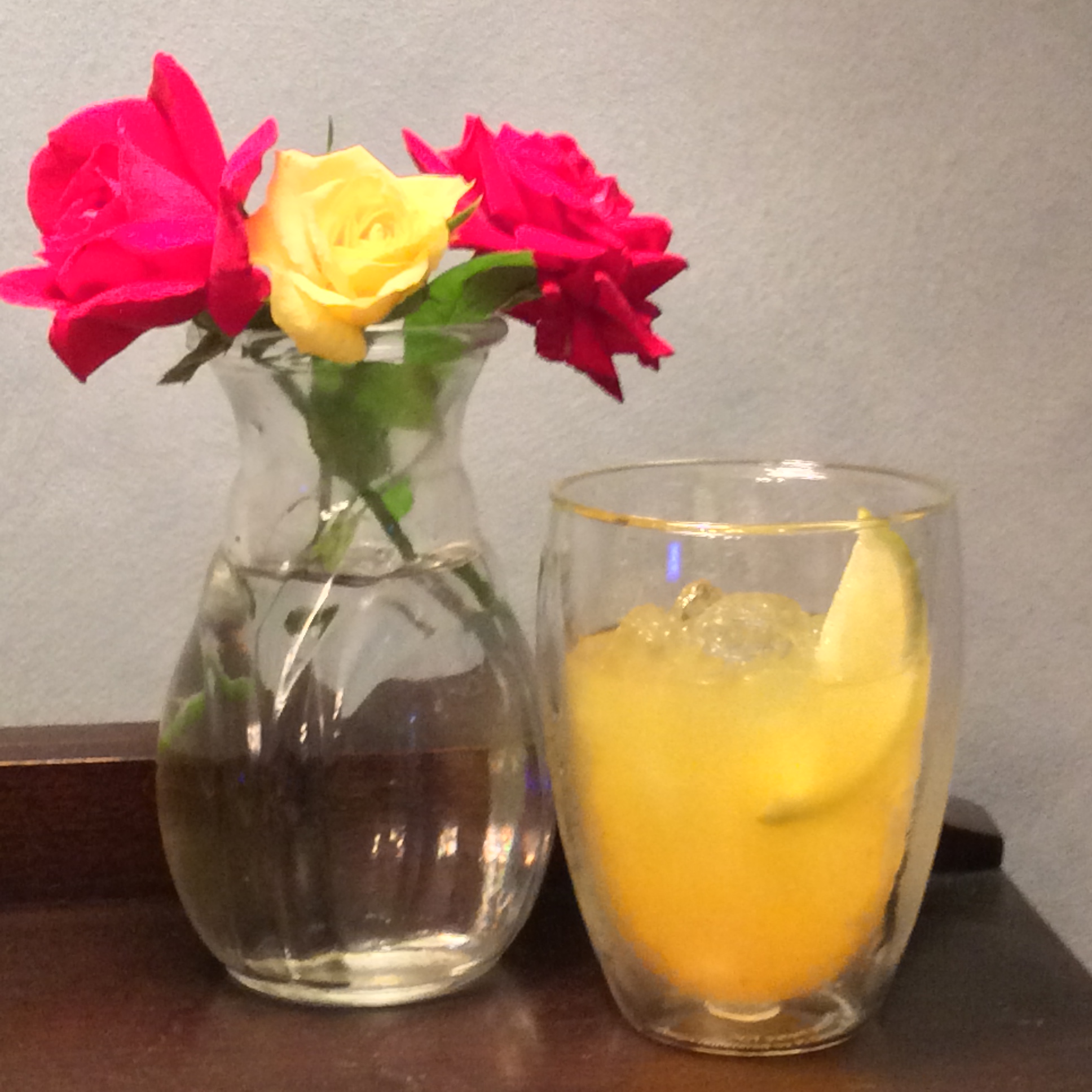 Proposed By: Jonathan
Proposed By: Jonathan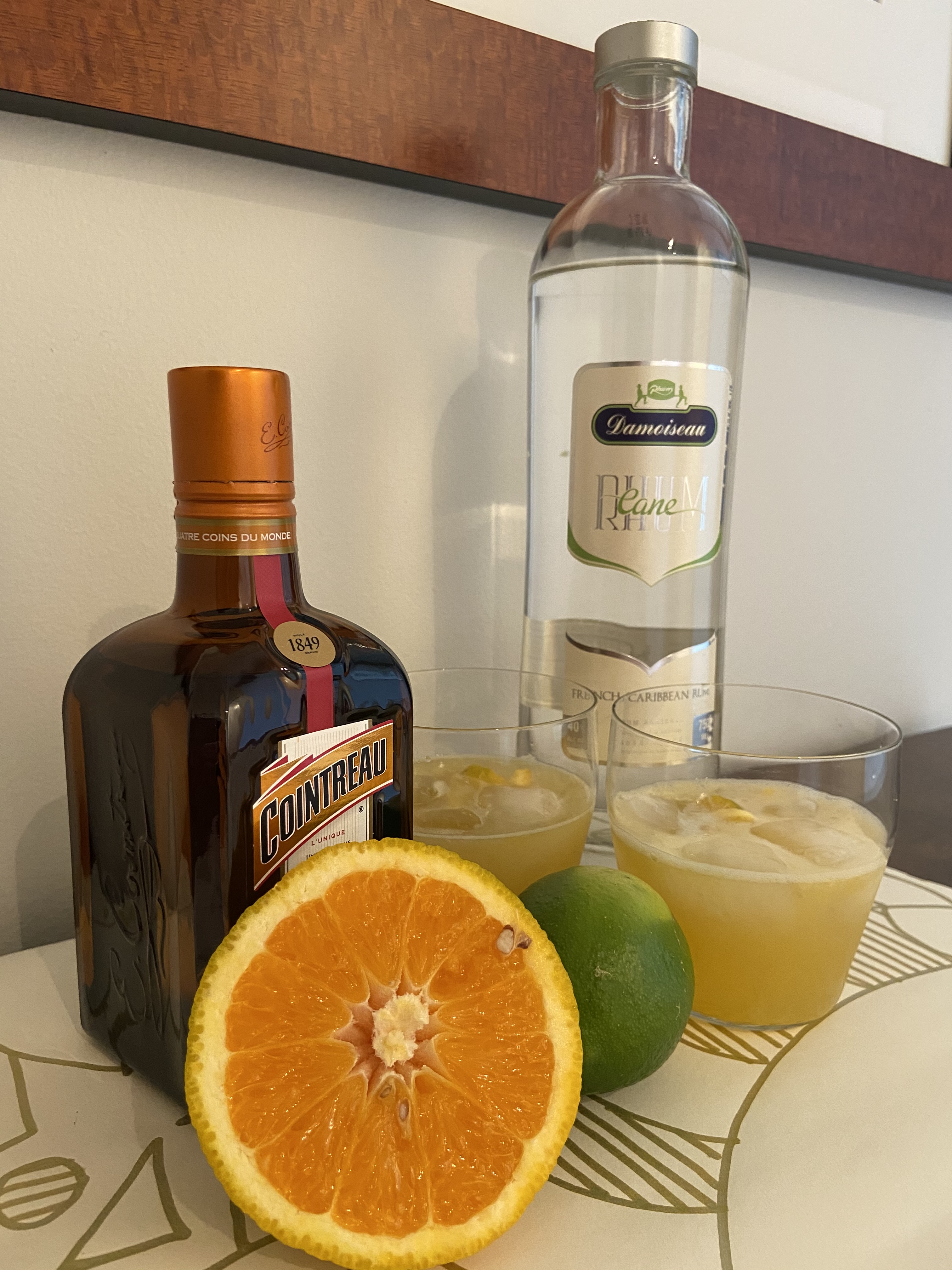 Chicago is, despite these strange times, a sinful city… for which, this week, I’m thankful. Jonathan texted me mid-week to ask if I was having trouble finding rhum agricole and for just a minute I worried. Then I checked online and discovered
Chicago is, despite these strange times, a sinful city… for which, this week, I’m thankful. Jonathan texted me mid-week to ask if I was having trouble finding rhum agricole and for just a minute I worried. Then I checked online and discovered 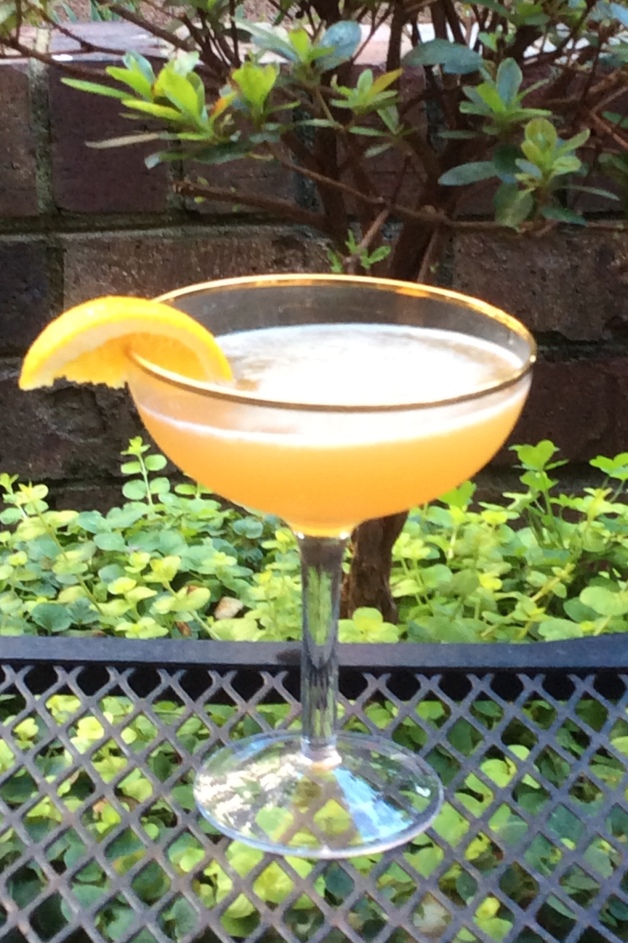 Proposed By: Jonathan
Proposed By: Jonathan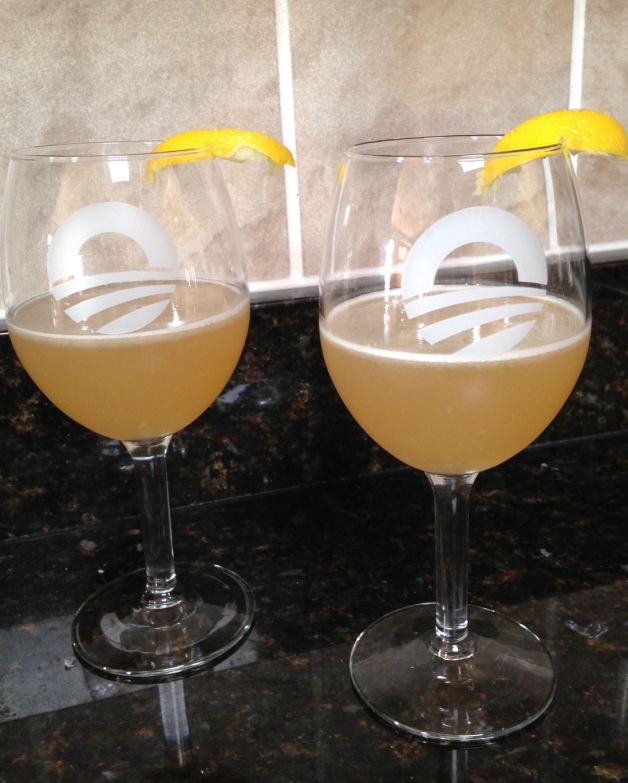 This cocktail is one of the few I’d tried when Jonathan and I started this blog, which, since I’d had about ten cocktails before this adventure, is saying a great deal. I was out with a friend who ordered a Sidecar and I took it as an omen. “I’ll have a Sidecar for his Sidecar,” I thought.
This cocktail is one of the few I’d tried when Jonathan and I started this blog, which, since I’d had about ten cocktails before this adventure, is saying a great deal. I was out with a friend who ordered a Sidecar and I took it as an omen. “I’ll have a Sidecar for his Sidecar,” I thought.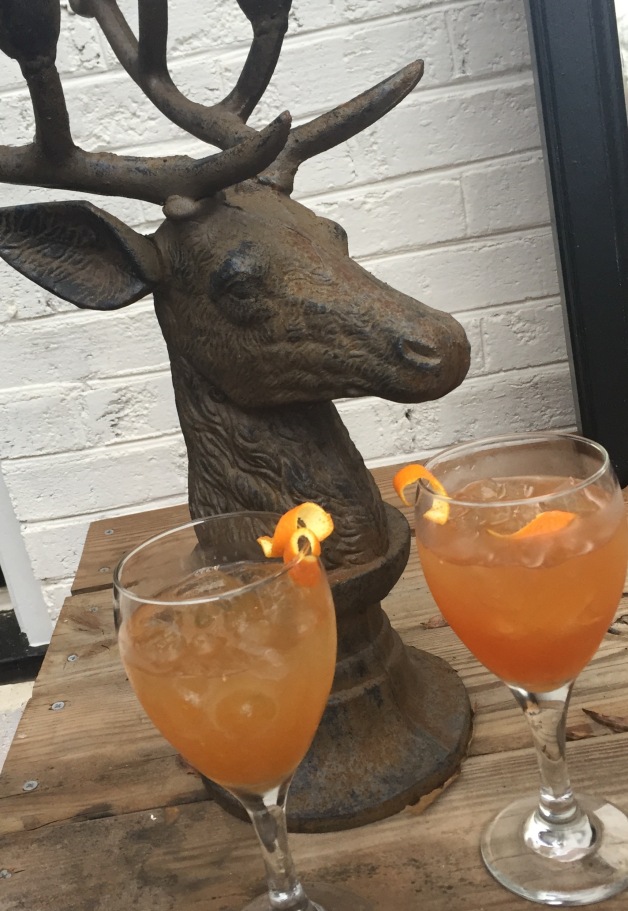 Proposed By: Jonathan
Proposed By: Jonathan You have to understand something about this blog—sometimes it feels as if it’s all about the photo. When the recipe calls for
You have to understand something about this blog—sometimes it feels as if it’s all about the photo. When the recipe calls for 

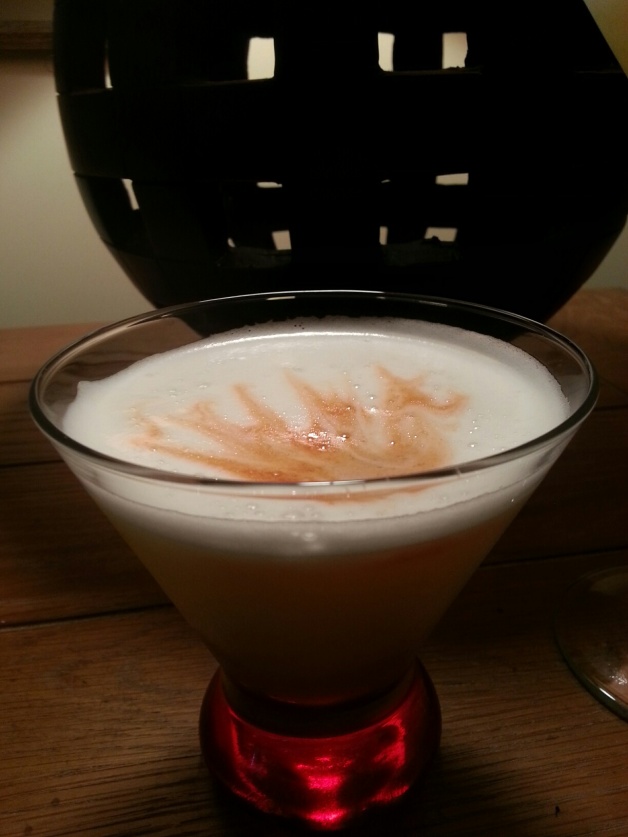 Proposed by: Jonathan
Proposed by: Jonathan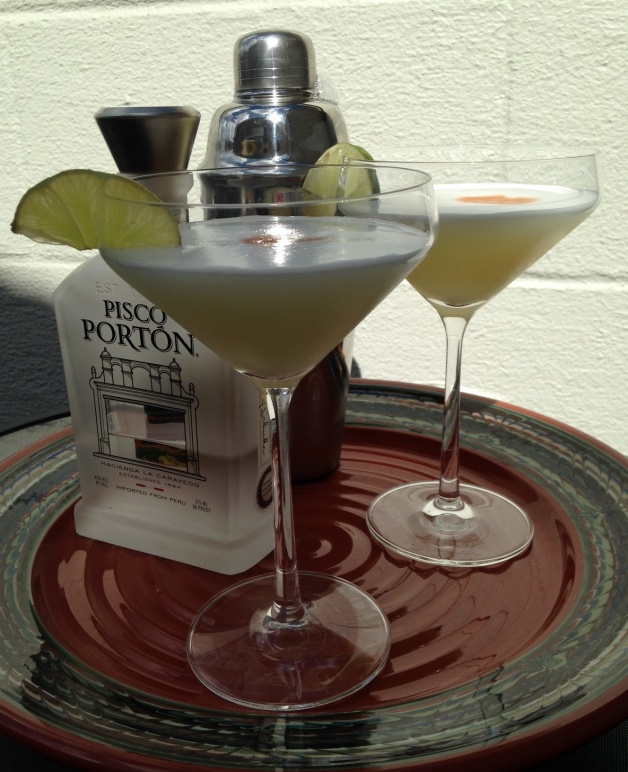 Here’s David’s Review:
Here’s David’s Review: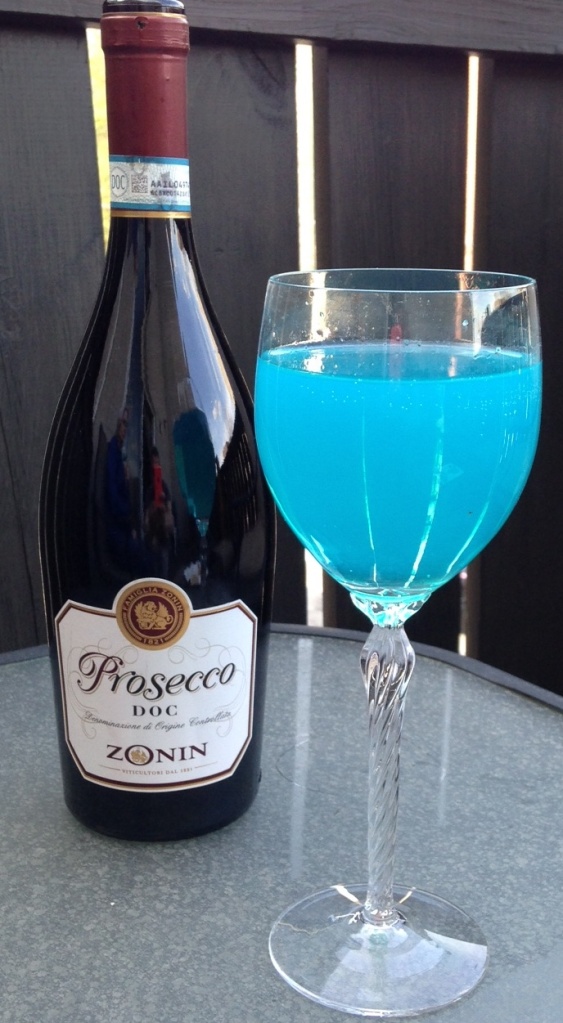
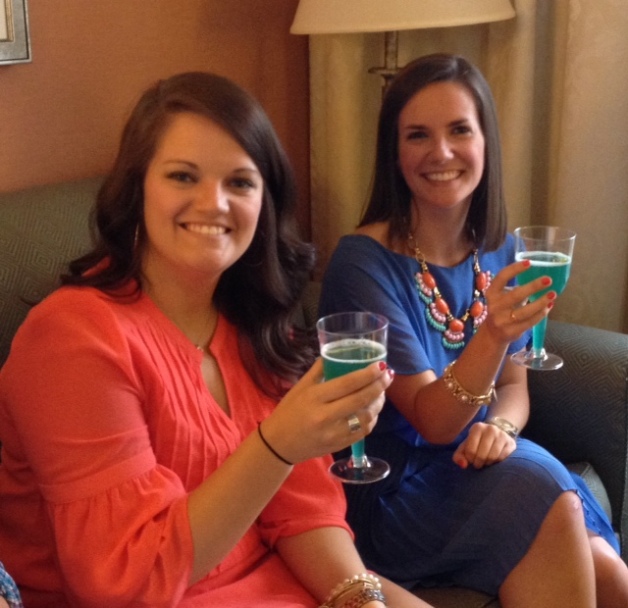 Here’s Jonathan’s Review:
Here’s Jonathan’s Review: Proposed by: Jonathan
Proposed by: Jonathan So why a cocktail that falls into a category that includes such party stalwarts as PJ, rocket fuel and battleship punch? This weekend was an annual golf trip that now includes 24 to 28 golfers but began with a smaller group of friends from college. I asked the core group to vote on the cocktail and they suggested this one despite my plea for something golf related such as the Hole in One cocktail. While we ended up with the Long Island Iced Tea we were able to accomplish the second golf related goal with another version of this cocktail. Substituting Blue Curacao for the triple sec and sprite for the cola creates a drink that is named for the cry of a golfer as he launches a shot deep into the woods or the depths of a water hazard – Adios, Motherfucker!
So why a cocktail that falls into a category that includes such party stalwarts as PJ, rocket fuel and battleship punch? This weekend was an annual golf trip that now includes 24 to 28 golfers but began with a smaller group of friends from college. I asked the core group to vote on the cocktail and they suggested this one despite my plea for something golf related such as the Hole in One cocktail. While we ended up with the Long Island Iced Tea we were able to accomplish the second golf related goal with another version of this cocktail. Substituting Blue Curacao for the triple sec and sprite for the cola creates a drink that is named for the cry of a golfer as he launches a shot deep into the woods or the depths of a water hazard – Adios, Motherfucker!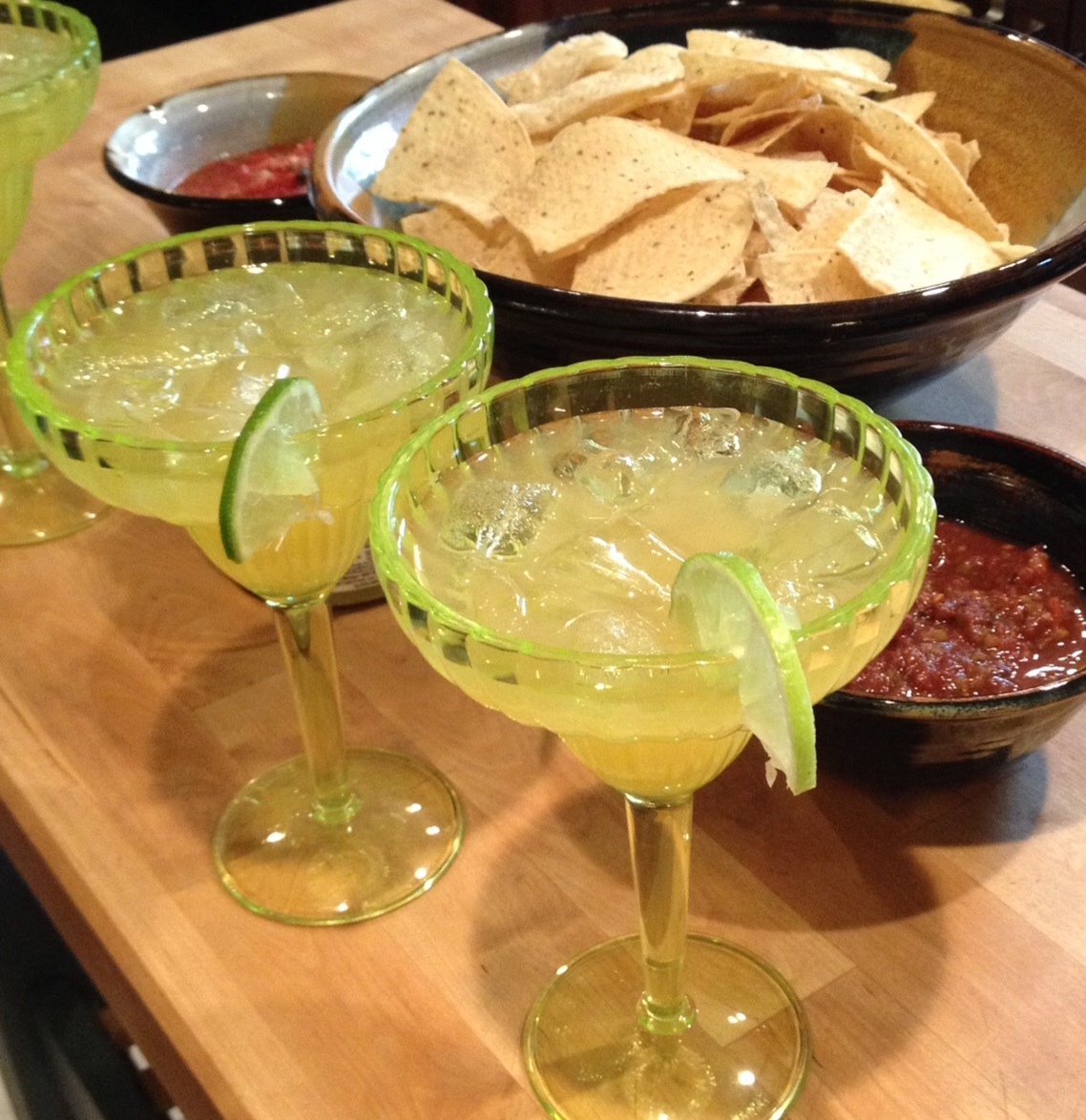
 Here’s David’s Review:
Here’s David’s Review: